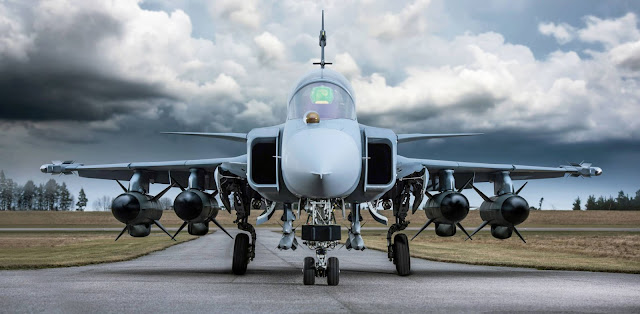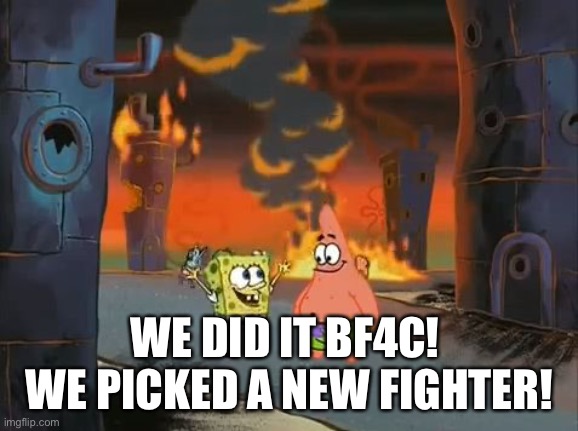In defense of a South Korean F-35
 |
| Right for South Korea, despite the cost? |
Now, the contest has been restarted, and the JSF looks to be the leading contender, again.
I've been plenty hard on the F-35 in the past, and I certainly don't agree with the way the F-X III competition is being done, but you know what? I actually think the F-35 will be a pretty good fit for the ROKAF.
Why?
North Korea
Deterrence
 |
| An American B-2 on a Korean tour. |
It's just not the North that South Korea needs to worry about, however. The "Pacific Pivot" is very real. China's intentions are still rather murky, and while a war with the U.S. is unlikely, its certainly not out of the realm of possibility, either. Being a strong U.S. ally, South Korea would want to make it very unattractive to pick a fight with them, proxy or otherwise. South Korea's economy is one of the few bright spots in the world today, and they obviously don't want that threatened in any way. Having a first-strike specialist like the F-35 could cut down on the amount of outsiders willing to try South Korea's patience.
ROKAF's current fleet
 |
| ROKAF F-15K "Slam Eagle" |
 |
| ROKAF F-16C Block 52 |
 |
| F-4D |
 |
| F-5 Freedom Fighter |
The F-X III was not meant to replace F-15Ks or F-16s, however. The F-X III is meant to replace the ROKAF's aged F-4 Phantom II and F-5 Freedom Fighter. Needless to say, it shouldn't be to hard to replace these 3rd generation fighters with ANY modern fighter. But why buy a fighter that fulfills a role provided by the F-15K (heavy strike) or F-16 (light, multirole)? Instead, it makes sense to use the opportunity to procure more of a "niche" aircraft. The F-35 brings something to the table that neither of the others do, a stealthy aircraft with superior detection and electronic warfare capabilities.
Right for Korea doesn't necessarily mean right for Canada
Just because the F-35 is a good fit for South Korea doesn't mean it's a good fit for Canada, however. Canada's southern neighbor is the best neighbor one could ask for from a military standpoint. The U.S. has the largest, most advanced military in the world, and we are the best of friends. Our western, northern, and eastern sides are all protected by large bodies of water and ice, making invasion unlikely by all but the most determined foe. We merely need an aircraft capable of policing our airspace, not one specializing in first-strike deterrence.
Canada is likely going "all-in" with its new fighter. We won't have the luxury of choosing a beefier platform like the F-15 or a svelte workhorse like the F-16 from our fleet if our new fighter isn't up to the task. We don't operate a "high-low mix" since we don't operate enough fighters to warrant that strategy at the present. I have made the argument in the past that a high-low mix may prove beneficial for our next fighter fleet, however.
Now, this article is written from the standpoint that the F-35 will operate as advertised, and be available in the 2015-2020 timeline. Again, South Korea has a good enough fighter fleet that a few more delays in acquiring shiny new F-35s won't make much of a difference. Canada doesn't have that luxury. Any substantial delays in acquiring new fighters would, at the very least, require additional costs for extending the CF-18's service life. At worst, it could mean a substantial drop in Canada's fighter capability. Neither option does much for Canada's military procurement reputation.
The F-35 may be a good fit for South Korea. Is it a good fit for Canada, though?
Only a fair and open competition can answer that question.



